Our cell coding platform

Biology as software
At bit.bio we look at a cell as if it were a computer. The nucleus is the hard drive, storing genes in its DNA. Genes interact with one another, forming programs called gene regulatory networks. Together, these programs form LifeOS, the Operating System of Life.
At any given time only a subset of the programs in LifeOS are switched on and active, defining the function and identity of every cell. Gene regulatory networks are tightly controlled by transcription factors, the code of LifeOS.
Our cell coding platform gives us the enter button of LifeOS. It consists of two core parts: our discovery platform which identifies the precise code that defines cell fate and our deterministic cell programming technology - opti-ox - that deterministically programs stem cells into any cell type.
Watch Founder Mark Kotter discussing this approach.
"A code script... must form the kernel of biological theory"
Sydney Brenner

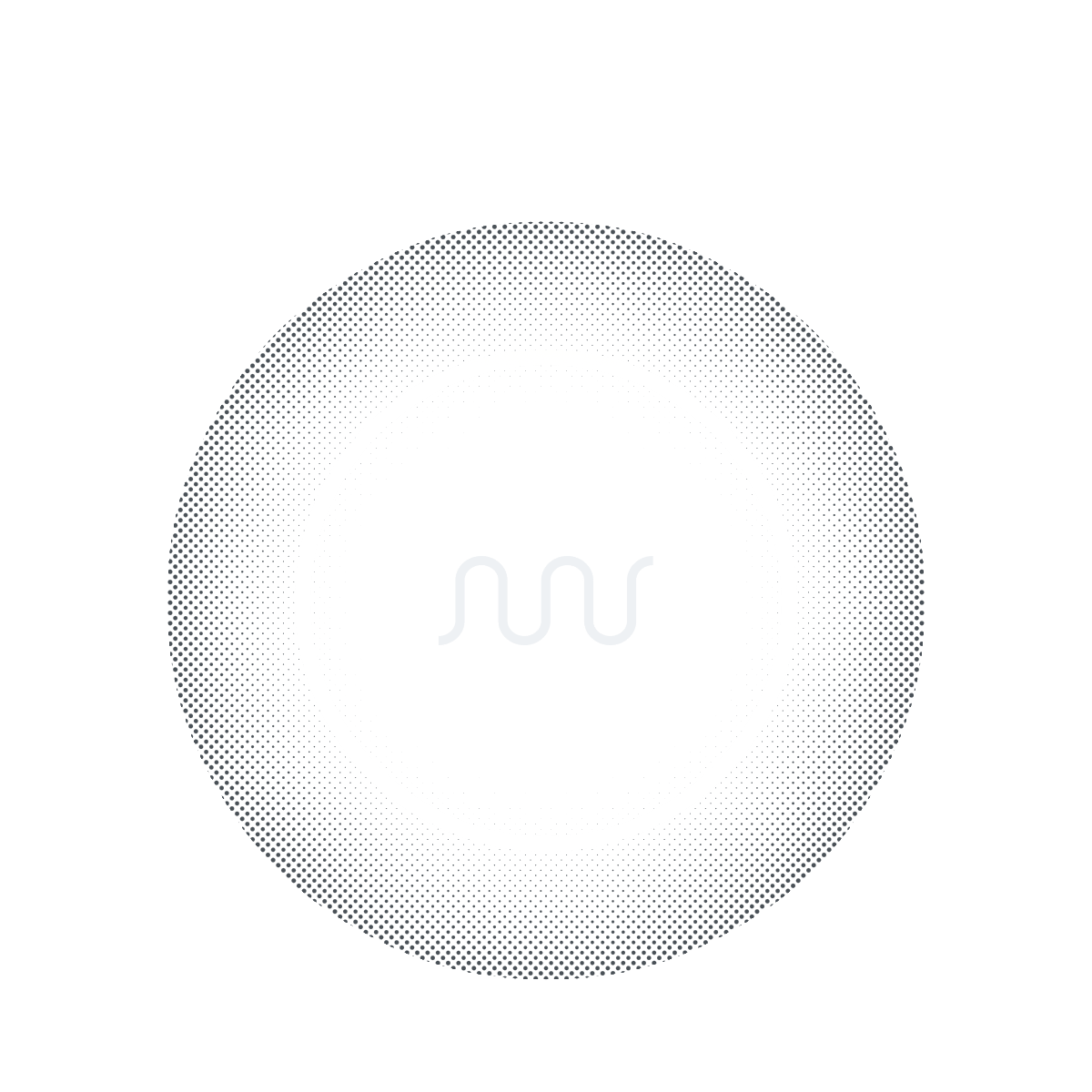
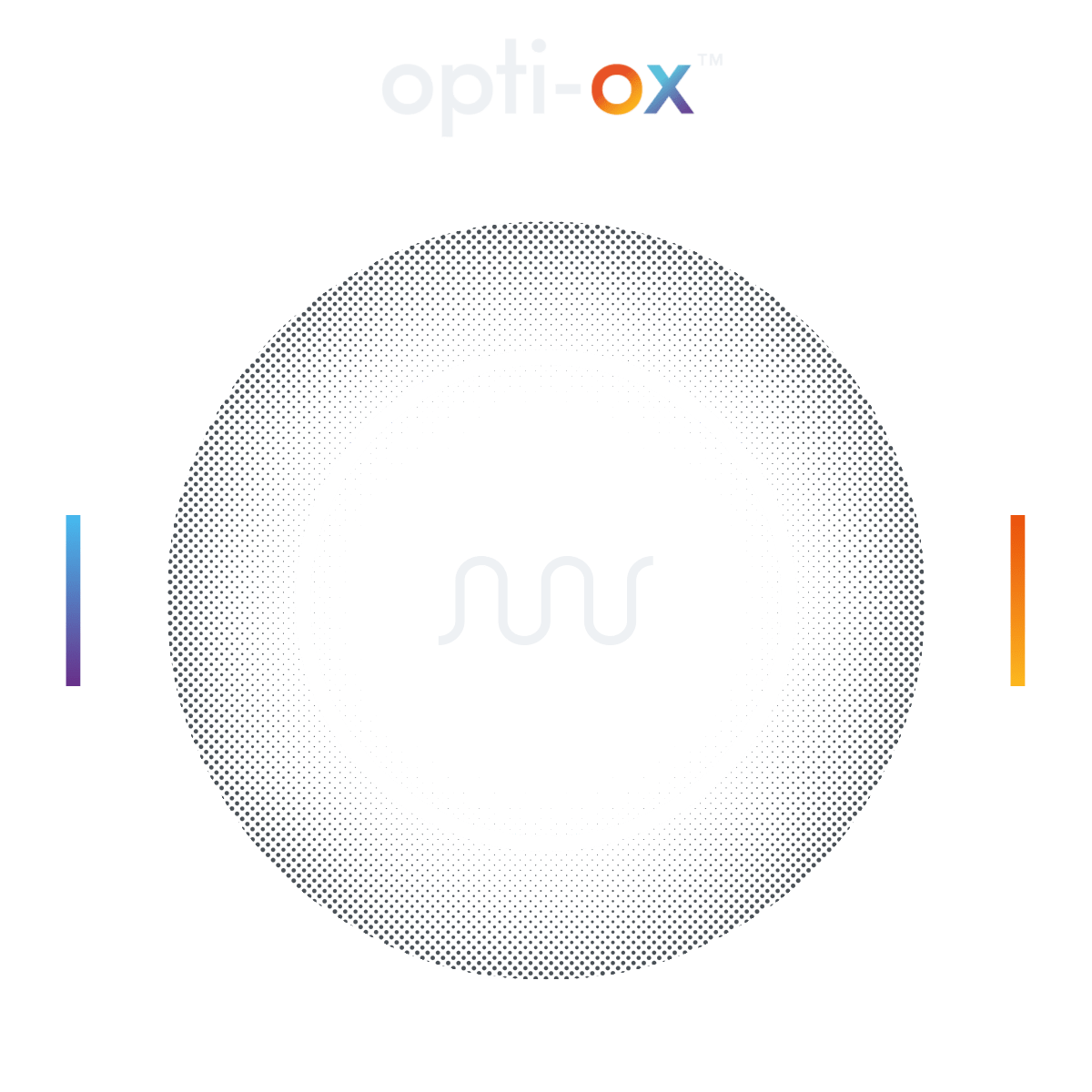
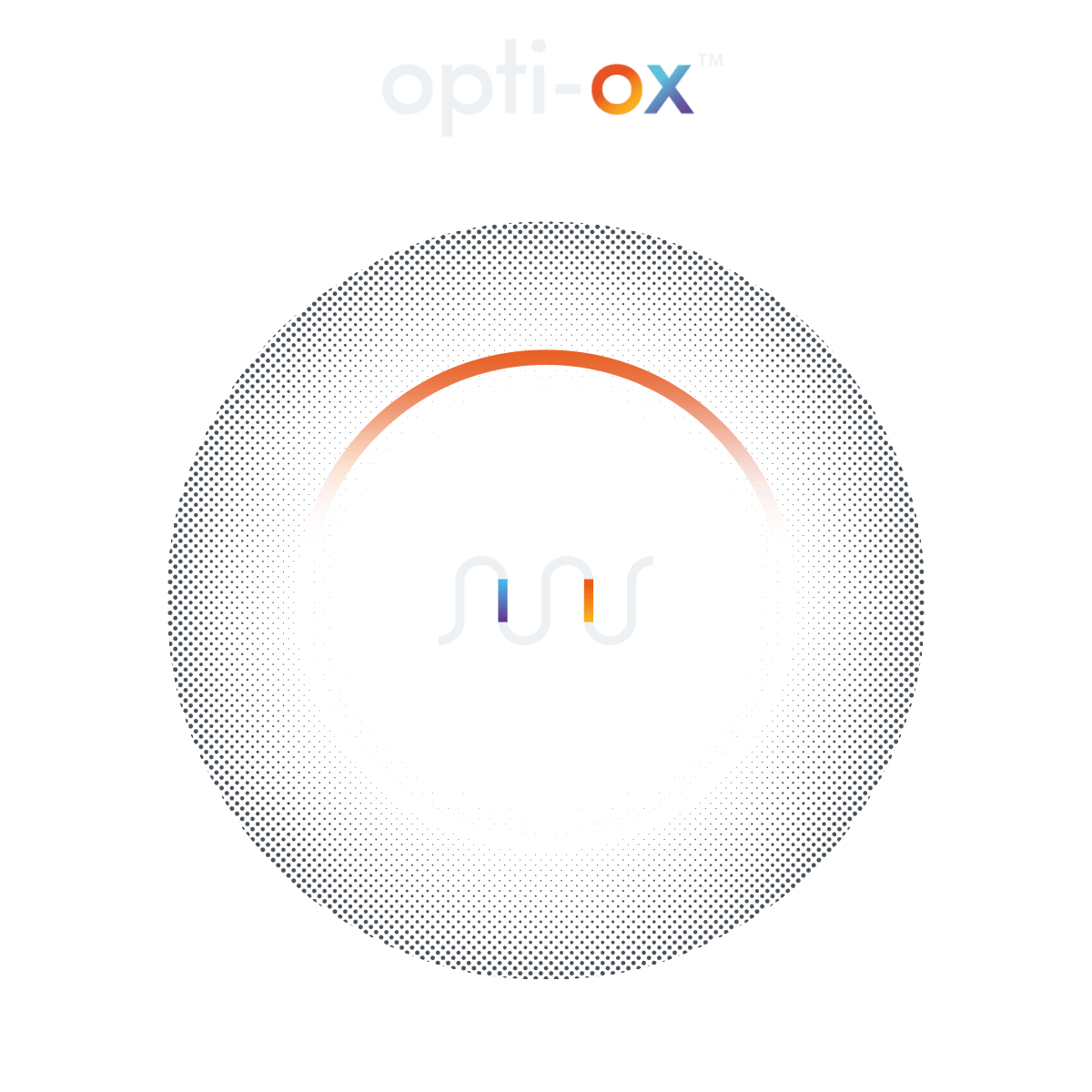
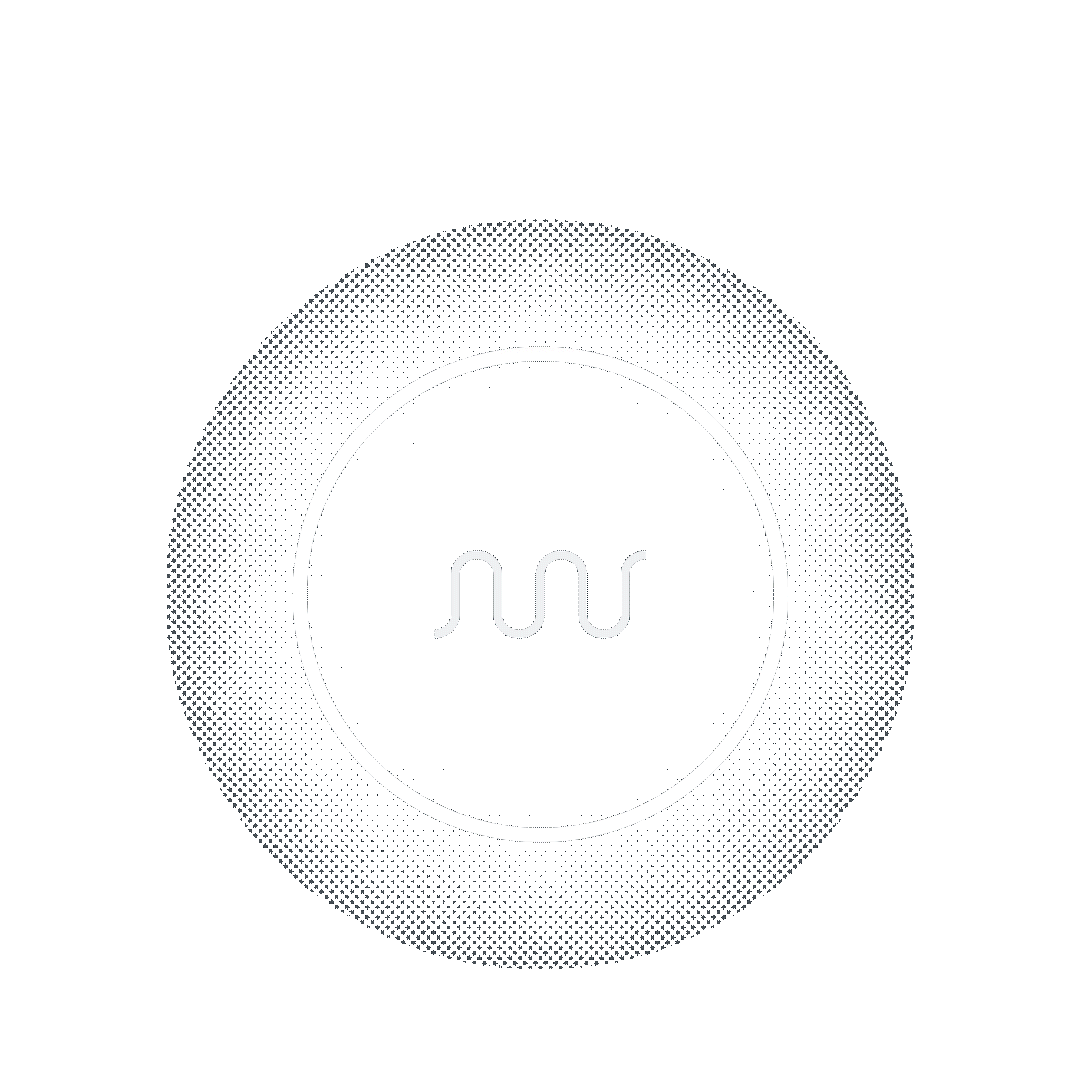
Programming stem cells to functional skeletal muscle using opti-ox
opti-ox enables the deterministic cell programming of entire cultures of stem cells into a precise cell identity with unprecedented consistency and speed (9-day time course, final contraction assay by addition of acetylcholine).
Learn more about opti-ox in this blog post.

Our discovery platform
Our discovery platform combines genetic screening, big data, machine learning and large scale experimentation to find the combination of transcription factor codes for every human cell type.

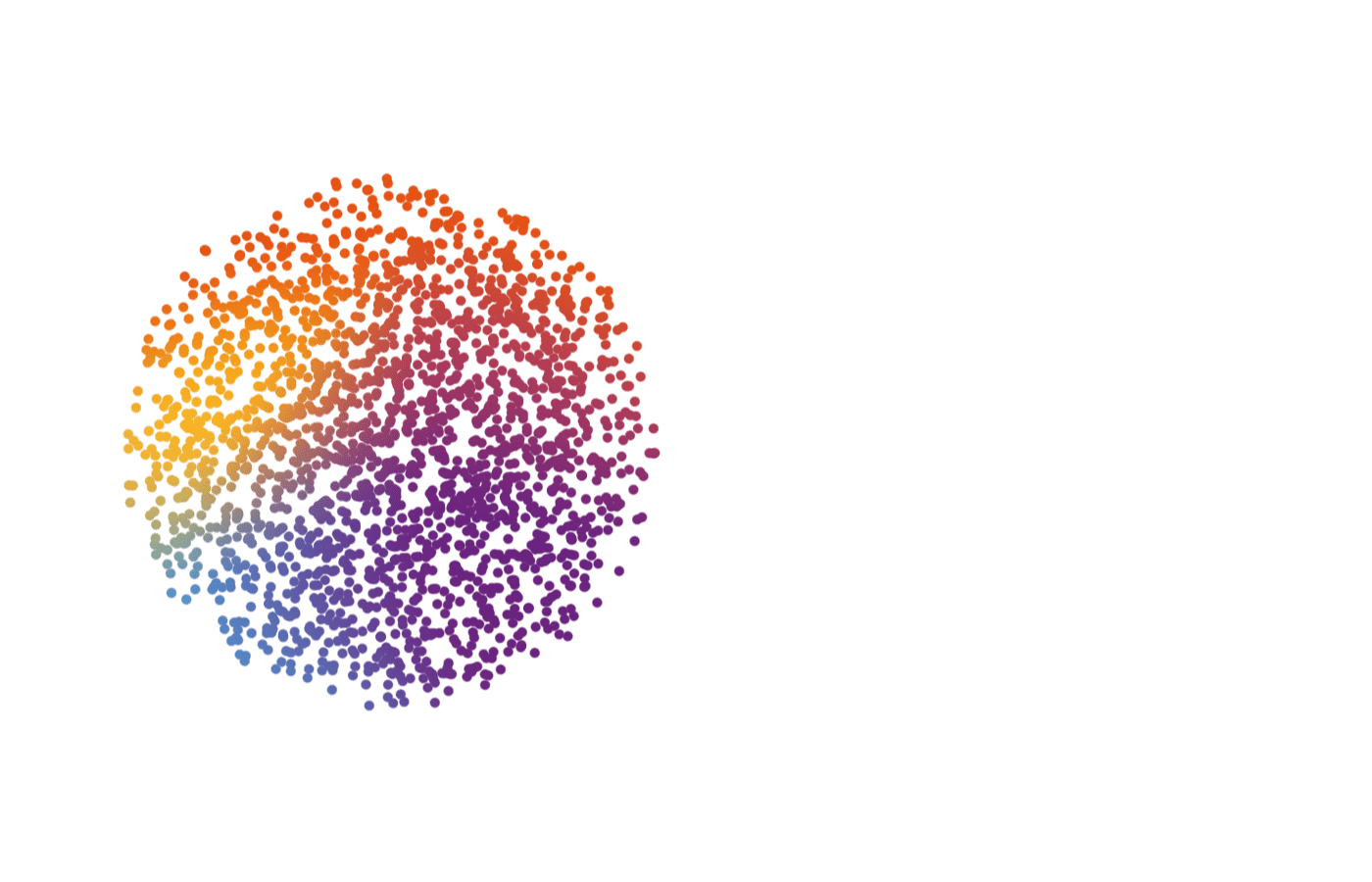
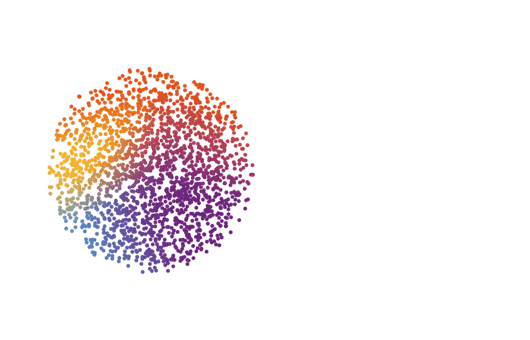
Cell Programming
A departure from directed differentiation
Traditional stem cell differentiation
Traditional stem cell differentiation is based on the principles of developmental biology and early embryonic development during which pluripotent stem cells are transitioning via a number of intermediates into the final somatic cell type. Differentiation replicates these stepwise transitions using extracellular chemical stimuli such as cytokines. This ‘history’ is reflected in the epigenetic state of the cells and forms part of the identity of a cell.
Direct cell programming
Cell programming is a synthetic biology approach based on a fundamental paradigm shift with regards to how we view biology. Direct programming disregards the ‘history’ of somatic cells. It is based on the paradigm that cell identity is defined by the gene regulatory networks that are active in a cell. These gene regulatory networks are controlled by transcription factors. Hence, the activation of appropriate programming factors can induce a new cell type. These transcription factors are our ‘codes’.
The first cell programming protocol was proposed by Weintraub, Lassar, Davis in 1987. Thirty years later, Yamanaka, Wernig and Südhof have extended this concept and opened up a new field in biology that has been honored with a Nobel Prize.
As such, programming enables the transition of biology from a traditional observatory science to something that is deterministic in the context of cell identity.
ioCells
ioCells are deterministically programmed human iPSC-derived cells powered by opti-ox technology that offers speed, reliability and consistency at scale for research and drug discovery.